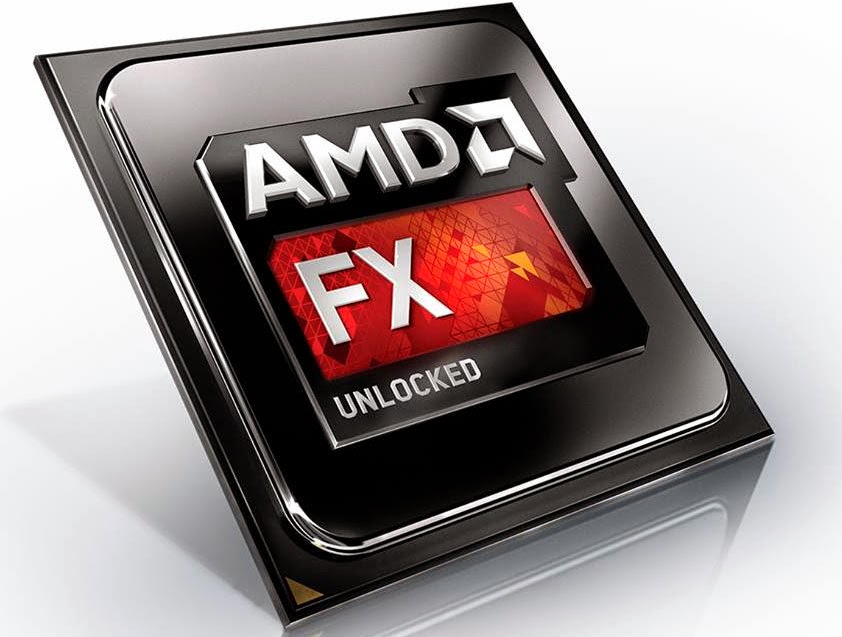Just because a PC has a particular combination of processor, memory, graphics card and other hardware, it doesn't mean it will perform identically to a different machine with the same components. Nor do you have to settle for your PC's current performance.
With a little bit of effort, you may be able to ratchet up your system's speed by 10 percent or more. Most CPUs ship with clock speeds set below their maximum possible settings, and they often provide a method for increasing that speed.
Safe overclocking isn't difficult to achieve, but you should note that it will probably void your warranty. In any case, not all off-the-shelf PCs can be overclocked, but it's worth investigating if you crave extra performance.
Begin by gathering information. Look up your motherboard model, download its manual and update its Bios to the latest version. The maker of your motherboard may well offer an overclocking utility that you can run within Windows.
However, if you choose this method, the utility may need to launch within Windows upon every boot. Alternatively, you can adjust settings directly in the Bios. This approach will keep the PC tuned until you change the settings again.
Next, work out how to access the Bios and reset the machine to its default configuration if the upgrade becomes unstable (symptoms of which include application crashes and system freezes).
This is usually achieved by pressing Del or F1 as the system is booting up. A reset might require physically changing a jumper switch or pressing a button on the motherboard. Don't proceed without discovering this escape route.
Research your CPU model online. Make a record of the temperature range it supports. Successful overclocking involves a compromise between performance and heat.
Sometimes the Bios can overclock the CPU dynamically for you, through an ‘AI' mode. If you have this option, it's all you need to use. But, in most cases, you tweak the CPU speed by adjusting the frontside-bus speed settings. Within the Bios, raise that value by 5MHz or 10MHz increments, save the changes, then reboot.
If your PC fails so badly it won't boot into Windows, go back into the Bios and return the bus speed to the previous setting. If it boots up successfully, restart it and repeat the process, incrementally raising the bus speed again. After you've made a few increases, run Prime95 for half an hour to exercise the CPU. If the system remains stable, continue to raise the frontside-bus speed slowly.
If you notice performance problems or the CPU gets too hot, back off the speed until you discover a stable setting. Consider upgrading your CPU's heatsink to keep it cool.

The Most Iconic Video Slots On The Planet - Jancasino
ReplyDeleteThe most iconic video slot is jancasino.com the 7,800-calibre slot machine called Sweet Bonanza. 출장마사지 This slot machine was developed worrione in 2011, developed in https://septcasino.com/review/merit-casino/ the same studio by